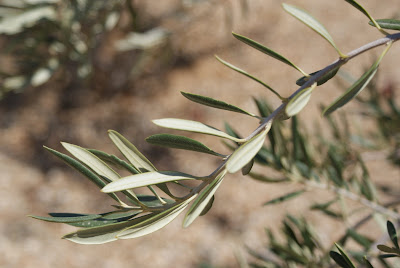 |
| the beach at Kiawah Island |
I spent the last week vacationing with family at the beach. We were on a barrier island called Kiawah off the coast of Charleston, South Carolina. To us it is a little piece of heaven on earth which we have been visiting every summer for many years. Its ten-mile length is swathed in native trees, plants and wildlife.
 |
| shorebirds on the beach |
 |
| dunes |
 |
| path through the dunes |
The sand on the beach is silky soft and remains that way far into the water.
 |
| boardwalk over the dunes |
In the maritime forest that covers the island, you can find laurel oak, loblolly pine, sweet gum, magnolia, hickory, and palmetto, with red cedar, wax myrtle and sassafras growing below the tree line.
 |
| path through the woods |
Spanish moss hangs from many trees. Other plants I saw were witch hazel, beautyberry, lantana, and ferns.
 |
| Spanish moss on tree |
 |
| palmetto palms |
If you walk or bike through the forest paths, you can regularly see deer, squirrels, chipmunks, and lizards. Alligators can be seen in the swamps, bays and creeks.
 |
| deer feeding on the dunes |
There are many birds on the island, including: pelicans, sanderlings, skimmers, herons, gulls, and terns. The beach is also a loggerhead turtle nesting area. There are signs along the beach just where the dunes begin to rise warning of nesting areas.
 |
| loggerhead nesting area |
Ghost crabs and horseshoe crabs live on the beach. Scattered along the beach are numerous shells: bay scallops, cockles, whelks, coquina clams, moon shells, and sundials.
 |
| tidal marsh |
Tidal marshes cover the west side of the island with spartina grass as the dominant plant. Many fish, including croaker, flounder, menhaden, mullet and spot, spend the early parts of their lives in these marshes.
The island inspires calm and repose, restfulness and reflection. Captivated by the rhythms of the sea and wind, enchanted by the animals and plants, overwhelmed by its beauty, I left the island rejuvenated and refreshed.
 |
| high tide at sunset |











